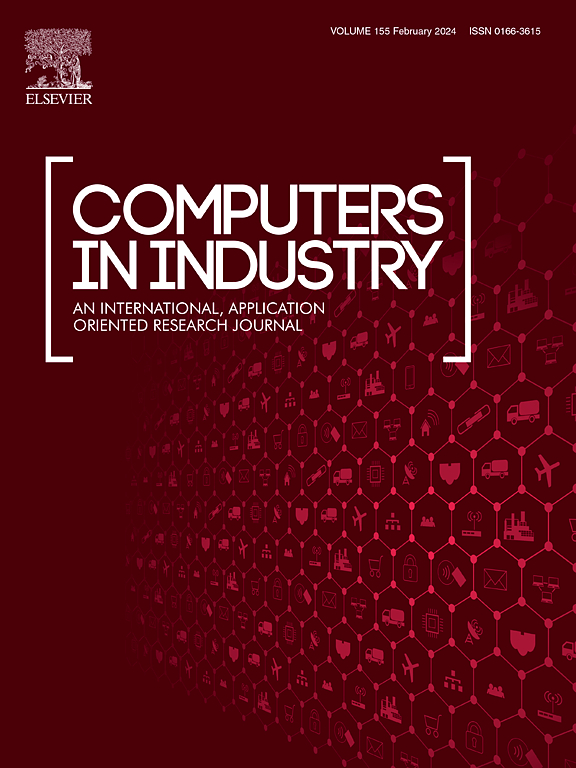用于变速箱状态监测的多传感器融合强化学习自适应滤波方法
IF 8.2
1区 计算机科学
Q1 COMPUTER SCIENCE, INTERDISCIPLINARY APPLICATIONS
引用次数: 0
摘要
齿轮箱的状态监测对于维护地面安全、系统稳定和库存管理不可或缺。使用传感器捕捉振动响应并进行后续响应分析是齿轮箱故障检测的标准程序。然而,由于来自多个振动源的振动响应的卷积、背景噪声干扰和传递路径效应,传感器很容易受到非恒定可靠性的影响。如果由于工业楼层的空间限制而无法找到理想的传感器安装位置,问题就会成倍增加。必须增强反映故障信息的响应分量,以充分估计故障严重程度。本研究针对这一障碍,提出了一个多传感器框架,利用可用的传感器安装位置进行变速箱状态监测。该框架采用自适应滤波技术,优化参数以增强故障信息。利用强化学习环境训练近端策略优化代理,以完善参数。此外,通过对反映齿轮故障引起的边带激励效应的频谱特征进行加权融合,实现了故障严重性估计。所提出的方法适用于从内部种子故障测试平台获取的数据集。与传统的基于单一传感器的故障严重性分析方法和其他融合方法相比,所提出的方法具有更优越的性能。本文章由计算机程序翻译,如有差异,请以英文原文为准。
An approach for adaptive filtering with reinforcement learning for multi-sensor fusion in condition monitoring of gearboxes
Condition monitoring of gearboxes is integral to maintaining floor safety, system stability, and inventory management. Capturing vibration response using sensors and subsequent response analysis is the standard procedure for gearbox fault detection. However, the sensors are susceptible to non-constant reliability due to the convolution of vibration responses from multiple sources, background noise interference, and transfer-path effect. The problem is multi-fold when ideal sensor attachment locations are unavailable due to spatial constraints of industrial floors. The response component reflective of the fault information must be enhanced for adequate fault severity estimations. The present study addresses this hurdle by proposing a multi-sensor framework with available sensor attachment locations for gearbox condition monitoring. Adaptive filtering is done in the framework with parameters optimised to enhance fault information. A proximal policy optimisation agent is trained with a reinforcement learning environment for parameter refinement. Further, fault severity estimation is achieved by a weighted fusion of spectral features reflective of the side-band excitation effect caused by gear fault. The proposed method is applied to datasets acquired from an in-house seeded fault test bed. The proposed method underscores superior performance compared to conventional single-sensor-based fault severity analysis and alternate fusion approaches.
求助全文
通过发布文献求助,成功后即可免费获取论文全文。
去求助
来源期刊

Computers in Industry
工程技术-计算机:跨学科应用
CiteScore
18.90
自引率
8.00%
发文量
152
审稿时长
22 days
期刊介绍:
The objective of Computers in Industry is to present original, high-quality, application-oriented research papers that:
• Illuminate emerging trends and possibilities in the utilization of Information and Communication Technology in industry;
• Establish connections or integrations across various technology domains within the expansive realm of computer applications for industry;
• Foster connections or integrations across diverse application areas of ICT in industry.
 求助内容:
求助内容: 应助结果提醒方式:
应助结果提醒方式:


